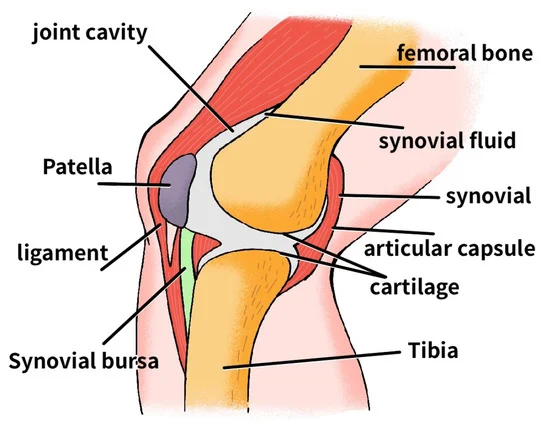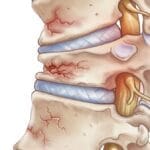ACL injuries are particularly common among athletes who engage in sports that require sudden stops, changes in direction, or jumping. The ACL is a critical ligament that provides stability to the knee, and injuries to it can be debilitating, often requiring surgery for those who wish to return to high levels of activity.
Anatomy and Function of the ACL
The knee joint is composed of three bones: the femur (thigh bone), the tibia (shin bone), and the patella (kneecap). Ligaments, which are strong bands of tissue, connect these bones and provide stability. The ACL is one of the key ligaments inside the knee joint, running diagonally in the middle of the knee. It prevents the tibia from sliding out in front of the femur and provides rotational stability to the knee.
Causes of ACL Injuries
ACL injuries commonly occur during activities that involve sudden changes in direction, stopping quickly, jumping and landing improperly, or direct collisions. These movements can put extreme stress on the knee, leading to a sprain or tear of the ACL. Female athletes are more susceptible to ACL injuries than males, which can be attributed to a combination of anatomical, hormonal, and neuromuscular factors. Differences in the way women move, the shape of their bones, and the strength of their muscles contribute to this increased risk.
Symptoms of ACL Injuries
When the ACL is injured, a loud popping sound is often heard or felt in the knee. This is followed by severe pain and rapid swelling. The knee may feel unstable and can give way during normal activities. Other symptoms include loss of full range of motion, tenderness along the joint line, and discomfort while walking.
Diagnosis of ACL Injuries
To diagnose an ACL injury, a doctor will conduct a physical examination and take a detailed medical history. They may perform specific tests to assess the stability of the knee and the integrity of the ACL. Imaging tests, such as X-rays, are used to rule out any bone injuries, while an MRI can provide a detailed image of the soft tissues, including the ACL, to confirm the injury and check for any additional damage.
Treatment Options for ACL Injuries
Treatment for an ACL injury varies based on the individual’s activity level and the severity of the injury. Non-surgical treatments include physical therapy and rehabilitation exercises aimed at restoring knee function and strengthening the muscles around the knee. Bracing may also be recommended to provide additional support.
For athletes or individuals who wish to return to high levels of activity, surgery is often necessary. ACL reconstruction surgery involves replacing the torn ligament with a graft, typically taken from the patient’s own hamstring or patellar tendon. Post-surgery rehabilitation is crucial to regain strength and stability in the knee, and it usually takes several months to a year for a full recovery.
Prevention of ACL Injuries
Preventing ACL injuries involves proper training and conditioning. Athletes should focus on exercises that enhance balance, strength, and flexibility. Neuromuscular training programs, which teach athletes how to move safely and efficiently, can significantly reduce the risk of ACL injuries. Ensuring proper technique during sports activities, wearing appropriate footwear, and maintaining overall physical fitness are also key preventive measures.





